Ruth Awad

Photo by Kate Sweeney

Photo by Kate Sweeney

Photo by Oscar Moreno
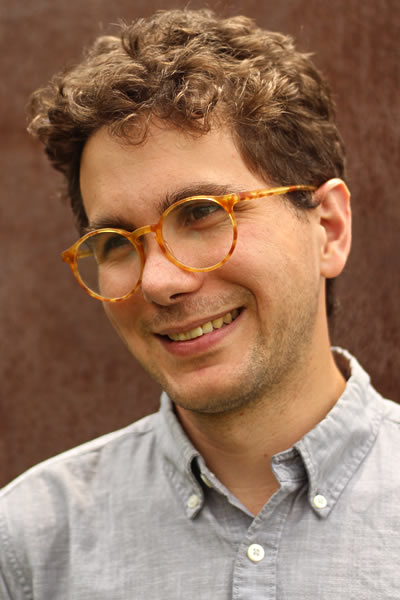
Photo by Sara Wainscott

Photo by Yasmin Ali
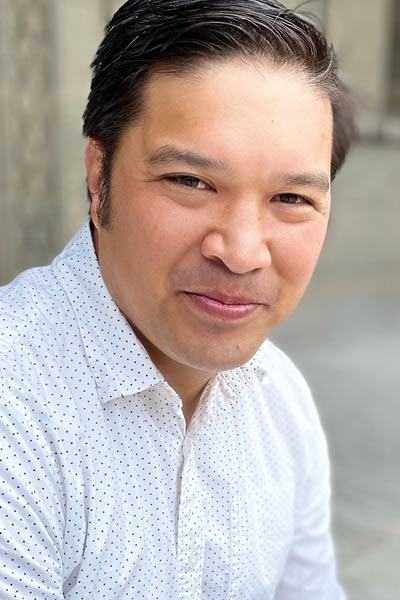
Photo by Catie Abanado
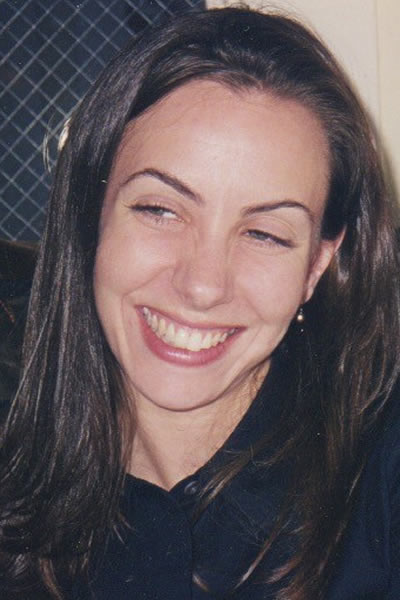
Photo courtesy of Allison Powell

Photo by Alex Ronan
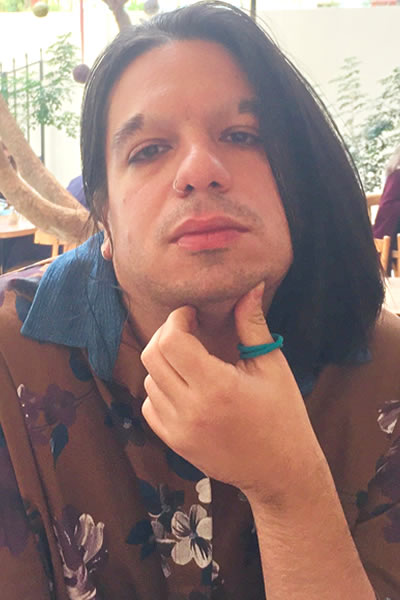
Photo by Rana Issa
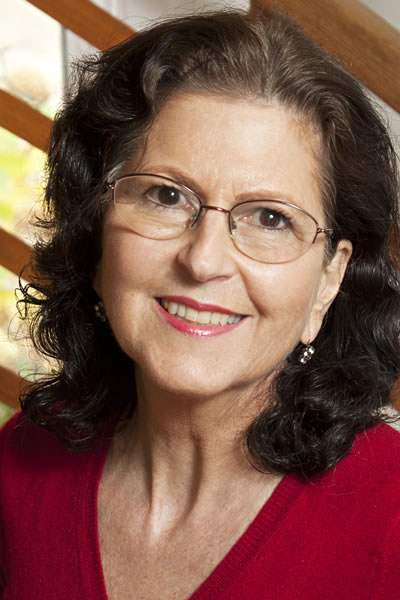
Photo courtesy of Armine Kotin Mortimer
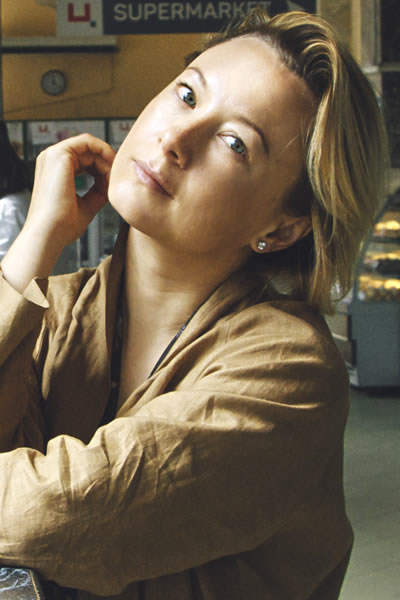
Photo by Tanya Kapitonava

